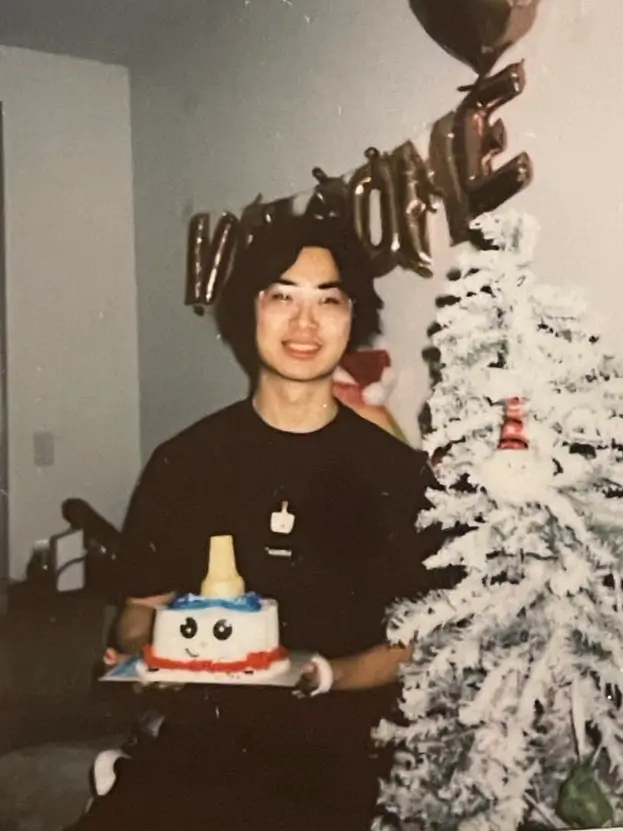Jizhou (Colin) Tang is a photographer from Shenzhen, China, currently studying at William & Mary in Virginia. While majoring in Computer Science and minoring in Arts & Art History, Jizhou's work delves into personal growth and the experiences of life as a young Chinese immigrant in the United States. His photography spans landscapes and portraits, capturing both the vastness of nature and the intricacies of human expression. In his final year, under the mentorship of Professor Eliot Dudik, Jizhou is deepening his expertise in Darkroom techniques and film photography.
